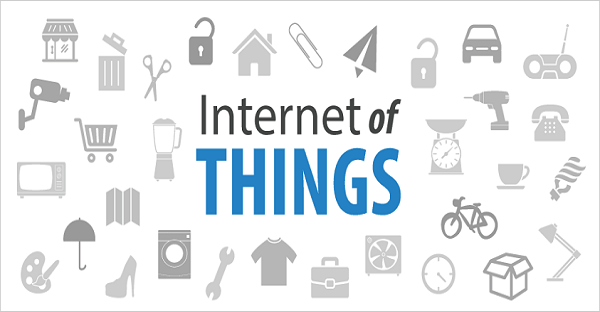In today’s fast-paced, dynamic and extremely competitive environment around businesses, it is fairly safe to say that if you are not the one who is disrupting your market, then you are the one that is getting pushed out.
Disruption has often been spoken about in one context, linking it to the need for an organization to come up with innovative products and services. However, experts from across the globe have made significant efforts at trying to debunk this myth. Disruption has moved far beyond that, in the scope of creating a need for a customer that was not being fulfilled earlier. A need that has not been recognized by your competition, a need that makes a positive difference to the customer’s life.
How does the internet of things feature in all this? It functions at the very epicenter of this change. Let us look at how:
Internet of things isn’t an exclusive idea
IoT is no longer limited to large manufacturers or organizations with the resources to implement it. It has now trickled down to any organization with a wide customer base. From home appliance manufacturers to large automobile manufacturers, it can be used by anyone. IoT should be looked at, as a new-age way of introducing disruption as a way of business.
Organizations of any type can employ IoT in order to create positive and long-lasting disruptions in their market. Moreover, if you are a new business, it adds a lot more credibility to your brand, as you have achieved disruption in more than one way: being able to shave off technology that market leaders have used and also use it to create a disruption in product or service.
In order to use IoT effectively, there are a few questions you must ask yourself:
Where is disruption needed?
Before you start employing IoT for disruption, it is important to consider where you need disruption. Disruption can also be internal for an organization, which means that you might have to use it for a change in policy or a structure within.
How will you use your IoT ?
It is always important to ask the 5W’s and 1 H, when you are looking at disruption, especially when you are using the Internet of Things. It is important, in this case, to analyse different aspects of your business, be extremely well-versed with the different facets, to come up with a sound way to deploy your technology.
What is the known potential of IoT ?
You are essentially looking at IoT as ushering in a new era of innovation, as you will have the power to capture universal insights on the location, the status and the form of the objects in subject while analyzing that information for any potential risks or opportunities and creating and presenting new alternatives and taking corrective action, wherever needed.
The businesses that are most going to exploit the Internet of Things are going to be organizations in the industries of manufacturing, healthcare, logistics and supply chain management, farming and the renewable energy sector.
If you take an example of the renewable energy sector, it is fascinating to understand that with the fluctuating and unpredictable nature of the renewable energy sector, you need stronger networks that are combined with sophisticated sensor technology, to match power in and out of the power grid, all relying on real-time information and control systems.

You have power engineers that are setting up control systems that are IP-enabled in power stations, sub-stations, manufacturing plants, making it possible to control energy from centralized locations, literally on the move.
This holds immense potential for new and old businesses to present the world with the most successful era of innovation, fueled by Internet of Things, bringing the world closer through technology.

 Web and Full Stack
Web and Full Stack CMS and Frameworks
CMS and Frameworks Online Marketing
Online Marketing Cloud Services
Cloud Services ECommerce
ECommerce Mobile
Mobile




Latest Comments